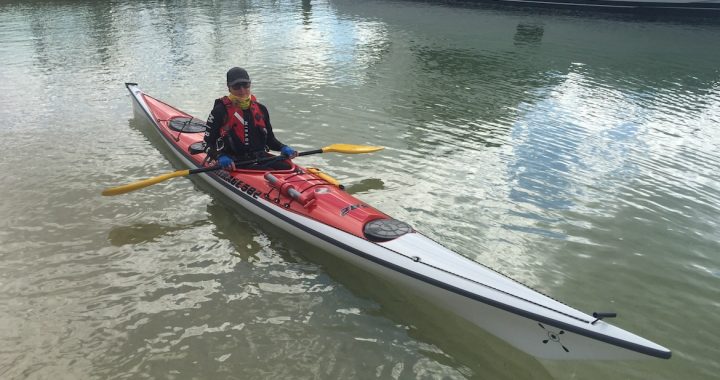By Leah Dwyer
Regular movement and chronic pain
This is part 2 of the story. If you are yet to read part 1 you can find it here: How I live with Chronic Pain and Cervical Dystonia -part 1.
I’ve always been an active person. As a teen I was on the track team, played volleyball and field hockey, and was a mad keen horse rider. When I was diagnosed with Cervical Dystonia I was a regular gym goer and met with a personal trainer once a week. With the help of my trainer I was absolutely determined to keep my strength and not let Dystonia beat me. If I could not run, I would walk. If I could not walk, I would crawl.
One of the awful catch 22’s of chronic pain is that it hurts to move so people move less but the less you move, the worse you feel. A lot of people say that regular movement is important but I’m going to go a step further and say that, movement is crucial to our brain and body health. We are a moving species. We have been walking, running, lifting, pushing, pulling and carrying for thousands of years. If we did not move, we were eaten. We are also a fast healing species and our bodies respond really well to stress by becoming strong and resilient. Remove the stress however and we become weak physically and, to a certain extent, mentally. Regular movement puts stress on our bodies. We adapt to that stress by becoming stronger. You cannot go wrong by getting strong.
One of the things I decided very early on was that I was more than a neck. I have legs, arms, lungs, a heart and I love to move and challenge myself. I tried to think of my pain as just workout pain which I was very familiar with after years of training. I have to admit that I wasn’t always successful and I still struggle.
Some days I was in absolute agony just walking around the mall trying to grocery shop. Other days I could bash out back to back cycle classes at the gym. Fortunately during that time I had a great personal trainer and physiotherapist. Both really emphasised staying active. Regular movement made my body and mind feel good. I also knew that I was going to be in pain whether I exercised or not so I choose to keep moving.
So how do you keep moving when you are in pain? Or how do you get motivated to start moving when you are in pain? I’m not going to say it’s easy because it’s not easy for people who don’t have chronic pain! Pile chronic pain on top of regular workout pain, fatigue, lack of time, work, a drop in enthusiasm, etc and you have a very big challenge. Take that challenge. It is one of the keys to managing your pain and living well with chronic pain.
The reason I put regular movement at the top of my list of things I’ve learned over the last nine years is that it has hands down been the most important thing I have done to modulate the pain.
Regular movement changes pain. Regular movement tells the brain that everything is OK. Regular movement keeps the joints moving smoothly, the muscles and nerves bathed in fresh blood, the heart strong and the lungs and brain happy.
Pain is 100% an output of the brain. Distracting the brain through movement is an excellent way to modulate pain. A distracted brain flooded with exercise endorphins produces less pain. Regular movement has the added benefit of making you stronger and more resilient. Remember you are more than !!
When I talk about regular movement/exercise I don’t expect you to run out and join a gym or start playing a team sport if that’s not what you like doing. The best exercise is the one you like and you can do regularly. It can be done anywhere at anytime and is enjoyable. Dance around the living room. Get down on the floor during the tv ads to do some stretching and body weight exercises. Run around the hills hoist in the backyard. Do calf raises while waiting in line at the post office. There are so many ways to add some movement to your day, it doesn’t have to be all in one shot at a gym. Be creative. Have fun. Little bits here and there will make a difference to your confidence, your mood, your body and your brain. I promise you. I’ve been there and I’m still there every single day.
My favourite daily exercise is paddling my sea kayak. Almost every morning I’m on Middle Harbour paddling my guts out and challenging my brain. The ocean has taught me that I’m so much stronger and braver than I ever thought possible. When I’m not paddling I’m walking, trail running, lifting weights, dancing in my living room, massaging up a storm at work, doing spin classes, doing my neck rehab exercises, and in general taking every opportunity to move.
Next time I’ll talk about what I’ve learned about pain and why chronic pain is so different from acute pain. You’ve heard the phrase, Nothing is certain but death and taxes. I’d like to add pain to that list. We all feel it at some point and everybody’s pain is unique because we are all unique. Your pain is you. I’ve managed to change my pain over the years and you can too.
To read part three, you can find it here: How I live with Chronic Pain and Cervical Dystonia – Part 3
You can learn more about Leah’s Remedial Massage services on her Remedial Massage page here.

